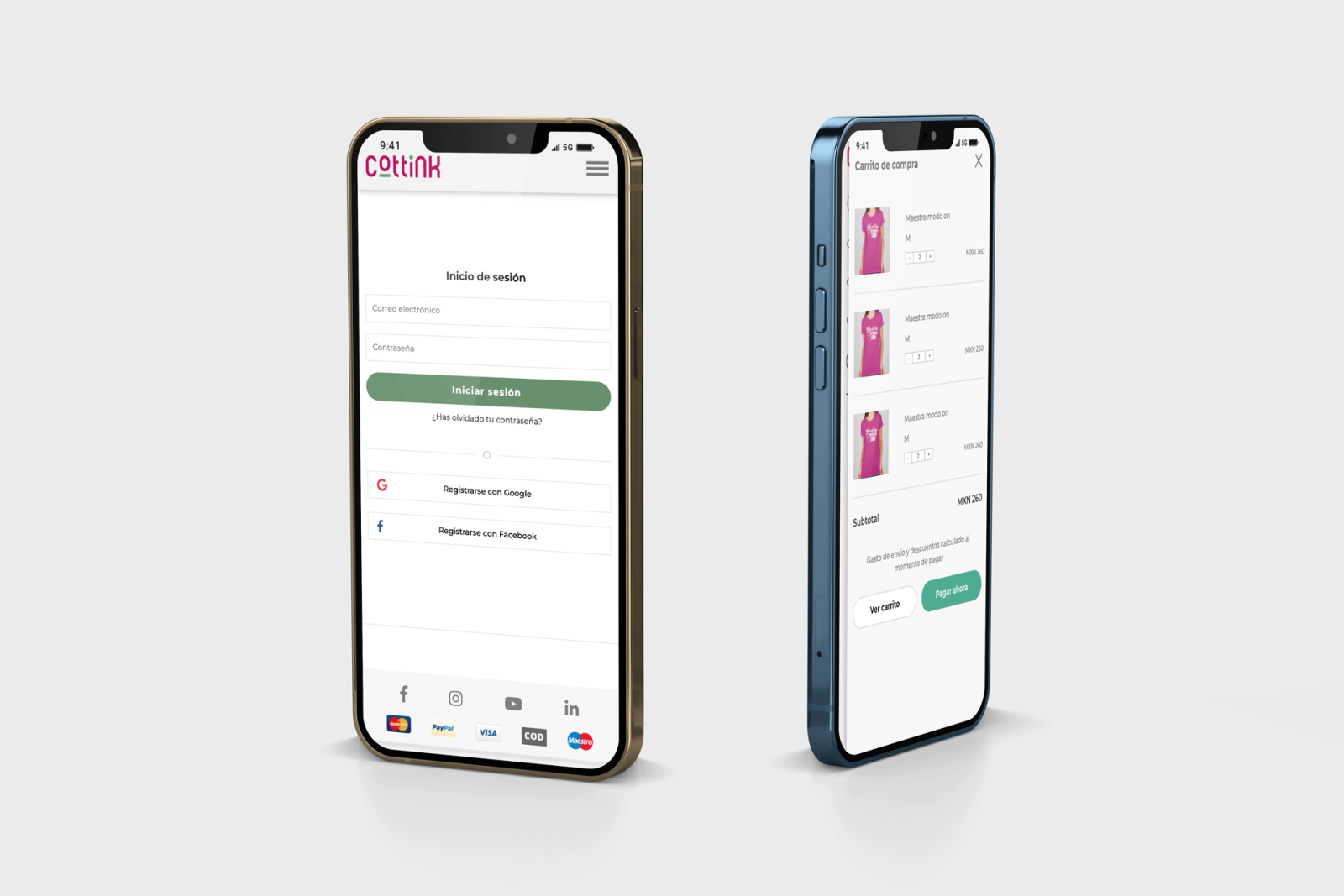Apple's OS Rename: What To Expect

Table of Contents
The Current Landscape: Why an OS Rename Might Happen
Apple's current operating system naming convention, while established, presents several limitations. The names, while functional, lack a cohesive brand identity across Apple's diverse product range. This leads to:
- Inconsistency in naming conventions across devices: The disparate names (macOS, iOS, iPadOS, etc.) don't immediately convey the underlying unity of the Apple software experience.
- Potential for confusion among new users: Navigating the differences between macOS, iOS, and iPadOS can be daunting for those new to the Apple ecosystem. A simplified naming structure could improve onboarding.
- Opportunity for a fresh brand identity reflecting unified software experiences: A single, overarching brand could better represent the interconnectedness of Apple's software and services. This would reinforce Apple's ecosystem strategy.
- Need to simplify branding across the Apple ecosystem: Streamlining the OS naming could contribute to a cleaner, more modern brand image, potentially improving marketing efficiency.
Apple's potential motivations for an OS rename extend beyond simple aesthetics. Market analysis suggests that a unified branding strategy could enhance consumer perception of Apple's software, improving brand recognition and loyalty. Competitive pressures also play a role; a streamlined approach could better position Apple against competitors with more unified software ecosystems.
Potential New Names and Branding Strategies
Several branding strategies could emerge from an Apple OS rename. Let's explore the most likely possibilities:
Unified Naming Convention:
One potential scenario involves adopting a single, overarching name for all Apple operating systems, perhaps something like "AppleOS." This approach offers:
- Pros: Simplicity, improved brand consistency, easier marketing.
- Cons: Potential loss of device-specific identity, requiring significant user adaptation.
A unified name could simplify the user experience, but Apple would need to carefully manage the transition to avoid alienating existing users.
Device-Specific Sub-Branding:
Another option is to retain device-specific identifiers within a broader OS brand. For example, "AppleOS for Mac," "AppleOS for iPhone," etc. This would balance brand unity with clarity for users.
- Pros: Maintains device-specific branding, minimizes disruption for existing users.
- Cons: Increased complexity in marketing and managing multiple sub-brands. The potential for confusion still exists.
This approach requires careful consideration of how to communicate the connection between the different sub-brands while maintaining their individual identities.
Thematic Naming:
Finally, Apple might adopt a more abstract or thematic naming convention. Instead of device-specific names, they might opt for names that evoke a feeling or concept, potentially aligning with their overall brand identity. This would be a more risky, but potentially rewarding, approach.
- Pros: Fosters brand storytelling, creates emotional connections with users, allows for greater flexibility in future iterations.
- Cons: More challenging to understand and remember, potentially confusing for users unfamiliar with the theme.
This strategy requires a strong brand story and careful execution to ensure user comprehension and avoid confusion.
Impact on Users: What to Expect During and After the Transition
An Apple OS rename would undoubtedly impact users, requiring careful management to minimize disruption:
Software Updates and Compatibility:
A major OS rename likely involves significant software updates. This will present challenges:
- Potential for phased rollouts: Apple might release the new OS gradually to different devices, mitigating potential widespread issues.
- Software update processes and potential disruptions: Users will need to update their devices, which could cause temporary inconveniences or require significant downtime.
- Addressing compatibility issues with older hardware: Some older devices might not be compatible with the new OS, requiring careful management of user expectations.
User Interface Changes:
While a name change itself doesn't necessitate UI changes, it could offer an opportunity for refinements.
- Minor UI tweaks vs. major overhauls: Apple's approach might range from subtle adjustments to a more significant redesign of the user interface.
- The potential for user learning curves: Significant UI changes could present a learning curve for existing users.
- Apple's history of iterative design changes: Apple typically adopts an iterative approach, minimizing drastic changes in favor of gradual improvements.
Marketing and Consumer Perception:
A major rebranding effort would have significant marketing implications:
- Branding costs and strategies: The cost of rebranding across all platforms would be substantial.
- Public relations and user communication: Apple would need to communicate the change effectively to prevent confusion and maintain user confidence.
Apple's reputation for user-friendly design and seamless transitions will be crucial to successful implementation of an Apple OS rename.
Conclusion
An Apple OS rename presents both exciting possibilities and considerable challenges. A unified name offers simplicity and brand consistency, while device-specific sub-branding maintains clarity. A thematic approach could offer a unique brand narrative. Regardless of the chosen approach, users can expect software updates, potential UI changes, and a significant marketing push. The success of an Apple OS rename depends heavily on Apple's ability to manage the transition smoothly, maintaining user experience and minimizing disruption.
Stay tuned for further updates and analysis regarding Apple's OS rename. Share your thoughts and predictions on what a new Apple OS might look like in the comments below! Let's discuss the future of Apple's operating system and what an Apple OS rename truly means.

Featured Posts
-
 Ticketmaster Lanza Venue Virtual Visualiza Tu Asiento Antes De Comprar
May 30, 2025
Ticketmaster Lanza Venue Virtual Visualiza Tu Asiento Antes De Comprar
May 30, 2025 -
 Rozmowy Trumpa I Zelenskiego Implikacje Dla Ukrainy I Usa
May 30, 2025
Rozmowy Trumpa I Zelenskiego Implikacje Dla Ukrainy I Usa
May 30, 2025 -
 Top Seed Pegula Claims Charleston Championship After Collins Match
May 30, 2025
Top Seed Pegula Claims Charleston Championship After Collins Match
May 30, 2025 -
 Integracion Setlist Fm Ticketmaster Una Experiencia De Fan Mejorada
May 30, 2025
Integracion Setlist Fm Ticketmaster Una Experiencia De Fan Mejorada
May 30, 2025 -
 Trzy Lata Po Katastrofie Na Odrze Eksperci Oceniaja Ryzyko Powtorki
May 30, 2025
Trzy Lata Po Katastrofie Na Odrze Eksperci Oceniaja Ryzyko Powtorki
May 30, 2025
